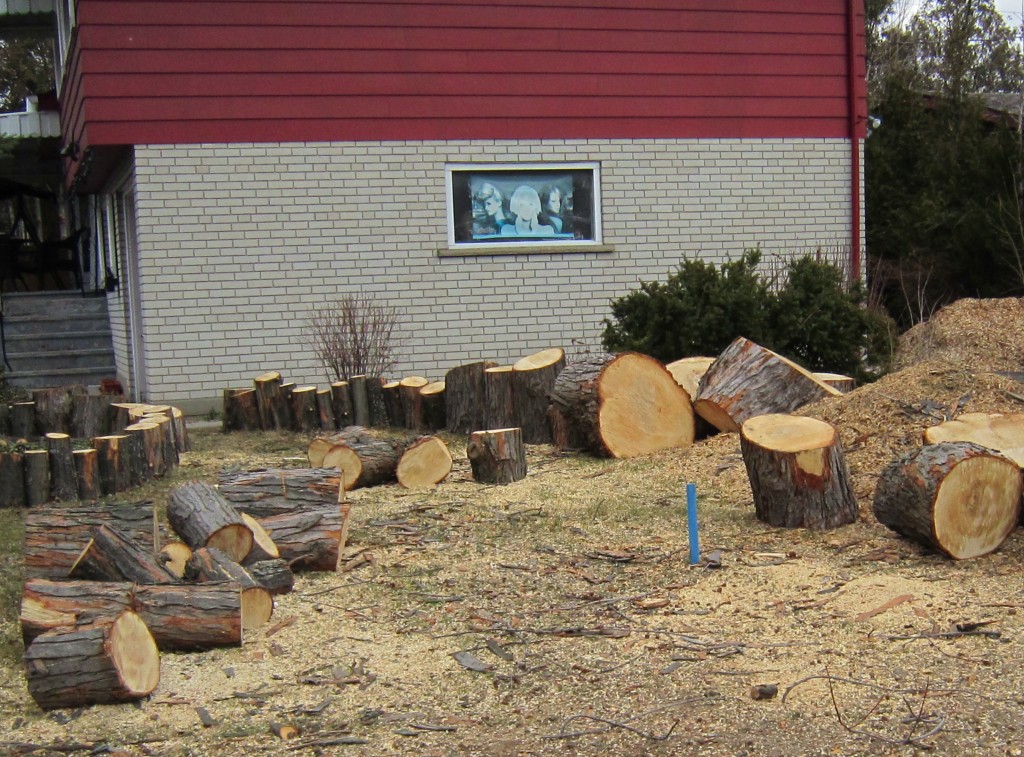
The tree was on private property. Should the owners have been required to get permission to cut it down? Is a bylaw needed for this kind of a situation?
The city recognizes the benefits trees provide a community and the impact they have on present and future generations. The city’s Urban Forest Management Plan states that “The city will work with its partners and the community in the urban and rural areas to ensure that this essential resource is managed effectively to maximize tree cover and health, increase native biodiversity, minimize risks to public and property and contribute to the environmental sustainability and quality of life in Burlington.”
Although the city is responsible for thousands of trees on its streets and in its parks and open spaces, most of Burlington’s trees are on private land. Consequently, residents and other stakeholders who own or manage these properties throughout the city have the greatest ability to impact and influence the city’s urban forest.
The city will go through four phases:
Phase 1 – Information Gathering
Phase 2 – Public Consultation
Phase 3 – Development of Alternatives
Phase 4 – Evaluation of Alternatives
As part of Phase 1, the city conducted an online survey. That closed last week and the city will now evaluate the results and figure out what public views are at this early stage. The objective was to gather baseline information about the value residents place on trees and whether residents feel there is a problem with tree cutting within the community.
The hope is that the city can obtain a representative sample of public opinion related to the importance of trees, the extent the city should go to protect trees on private property and the willingness of the public to accept and pay for additional regulations.
There will then be a public meeting workshop on April 30th at which we can expect to learn what the public had to say.
In early May there will be a second online survey with which the city plans to gather public opinion related to the various alternatives, including a bylaw, developed throughout the consultation process and to measure the level of acceptance of each of the alternatives. This is where the public gets to say what it thinks about possible bylaw approaches that come out of the April 30th meeting.
The bylaw the city uses for trees on “public” property was written in 1975 and: “prohibits the removal or injury of trees located on public property, including parks, road rights-of-way and naturalized areas. The city has the authority to issue a fine for unauthorized public tree removal or injury.
Hopefully we have progressed from where we were in 1975.




















I have a serious problem with the idea that some one can infringe on my property rights to the extent that they can tell me what I can or can not plant and grow on my private property. It is just more beuracratic “Thou shalt nots”.
In the 1920’s and 30’s the City of Burlington planted about 10,000 Silver Maples. These are some of the beautiful and gracious trees that grace Indian Point, Roseland the rest of South Burlington. Unfortunately they are coming to the end of their lifespan. Rather than worry about trees on private property, it makes far more sense for the City (and private property owners for that matter) to take a pro-active pre-emptive approach and start a serious tree planting programme on city property and possibly offer incentives to property owners